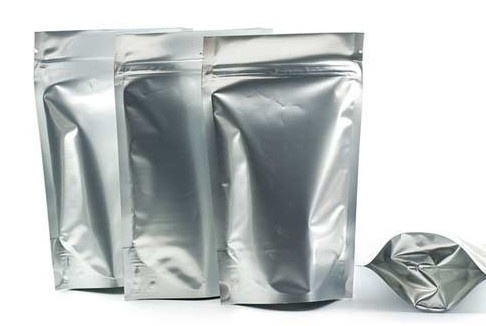Packaging plays a pivotal role in the world of consumer goods and industrial products. It not only protects the contents within but also acts as a communication medium, conveying the brand's identity and values to consumers. Rigid packaging, characterized by its sturdy and inflexible structure, has gained significant popularity due to its numerous advantages across various industries. From safeguarding products to enhancing brand value, rigid packaging offers a multitude of benefits that contribute to the overall success of a product. In this article, we delve into the advantages of rigid packaging, exploring its impact on product integrity, aesthetics, and sustainability.
-
Protection and Product Integrity: Rigid packaging is renowned for its ability to provide exceptional protection to products. Unlike flexible packaging, which might be prone to tearing or puncturing, rigid materials such as glass, plastic, or metal create a robust barrier that shields the contents from external elements like moisture, air, and light. This level of protection is particularly crucial for items that are sensitive to environmental factors, such as food, pharmaceuticals, and electronics. By preventing contamination, spoilage, and damage during transit, rigid packaging ensures that consumers receive products in pristine condition, fostering trust and loyalty.
-
Preservation of Freshness: When it comes to perishable goods like food and beverages, rigid packaging offers unparalleled advantages. The inherent strength of materials like glass or certain plastics preserves the freshness of products by preventing exposure to oxygen and contaminants. This is essential in extending the shelf life of goods and reducing food wastage, benefiting both consumers and producers. The airtight seals often found in rigid packaging also contribute to maintaining flavors, aromas, and nutritional values, enhancing the overall consumer experience.
-
Enhanced Aesthetics and Branding: Rigid packaging serves as a canvas for brands to showcase their identity and establish a strong visual presence in the market. Unlike flexible packaging, rigid materials can be molded into various shapes and sizes, allowing for unique and attention-grabbing designs. The use of high-quality printing techniques further elevates the packaging's aesthetics, enabling brands to tell their story effectively. This combination of design flexibility and premium aesthetics enhances the perceived value of products, influencing purchasing decisions and setting products apart from competitors.
-
Premium Perception and Consumer Experience: The tactile experience of interacting with rigid packaging significantly impacts how consumers perceive a product. The sturdiness and weightiness of rigid materials impart a sense of luxury and premium quality. When a consumer holds a rigid box, jar, or container, they associate the weight and solidity with a higher value proposition. This perception extends to the entire product, elevating the overall consumer experience and contributing to customer satisfaction.
-
Protection against Tampering: Rigid packaging can incorporate tamper-evident features that provide consumers with peace of mind regarding the authenticity and safety of the product. Seals, closures, and barriers integrated into rigid packaging make it evident if the package has been tampered with before purchase. This security feature is particularly crucial in industries such as pharmaceuticals, where consumer safety is of utmost importance.
-
Sustainability and Recyclability: While the inherent durability of rigid packaging is advantageous, its environmental impact is a topic of concern. However, advancements in materials science have led to the development of eco-friendly options. For instance, manufacturers can use recycled plastics, glass, or metal to create rigid packaging, reducing the demand for virgin materials. Additionally, rigid packaging's potential for reuse and recycling aligns with circular economy principles, reducing waste and conserving resources.
-
Stackability and Transportation Efficiency: Rigid packaging's structural integrity contributes to efficient storage and transportation. The consistent shape and stackable nature of rigid containers optimize space utilization, reducing the need for excessive packaging materials during transit. This not only minimizes transportation costs but also aids in maintaining the product's condition during distribution.
-
Versatility and Customization: Rigid packaging materials can be customized to suit specific product requirements. Different materials, shapes, and sizes can be chosen to align with the product's characteristics and consumer preferences. For example, cosmetics brands often utilize rigid packaging to create intricate, visually appealing packaging that reflects the brand's ethos.
In conclusion, rigid packaging offers a myriad of advantages that contribute to the success of consumer goods and industrial products. Its ability to safeguard products, preserve freshness, enhance brand value, and cater to consumer preferences makes it a preferred choice for various industries. While the environmental impact of rigid packaging is a concern, innovations in sustainable materials and recycling processes are addressing these issues. As the packaging landscape continues to evolve, striking a balance between product protection, aesthetics, and sustainability remains a key challenge for manufacturers and brands leveraging the advantages of rigid packaging.


No comments yet